JFK in Europe, summer of 1937
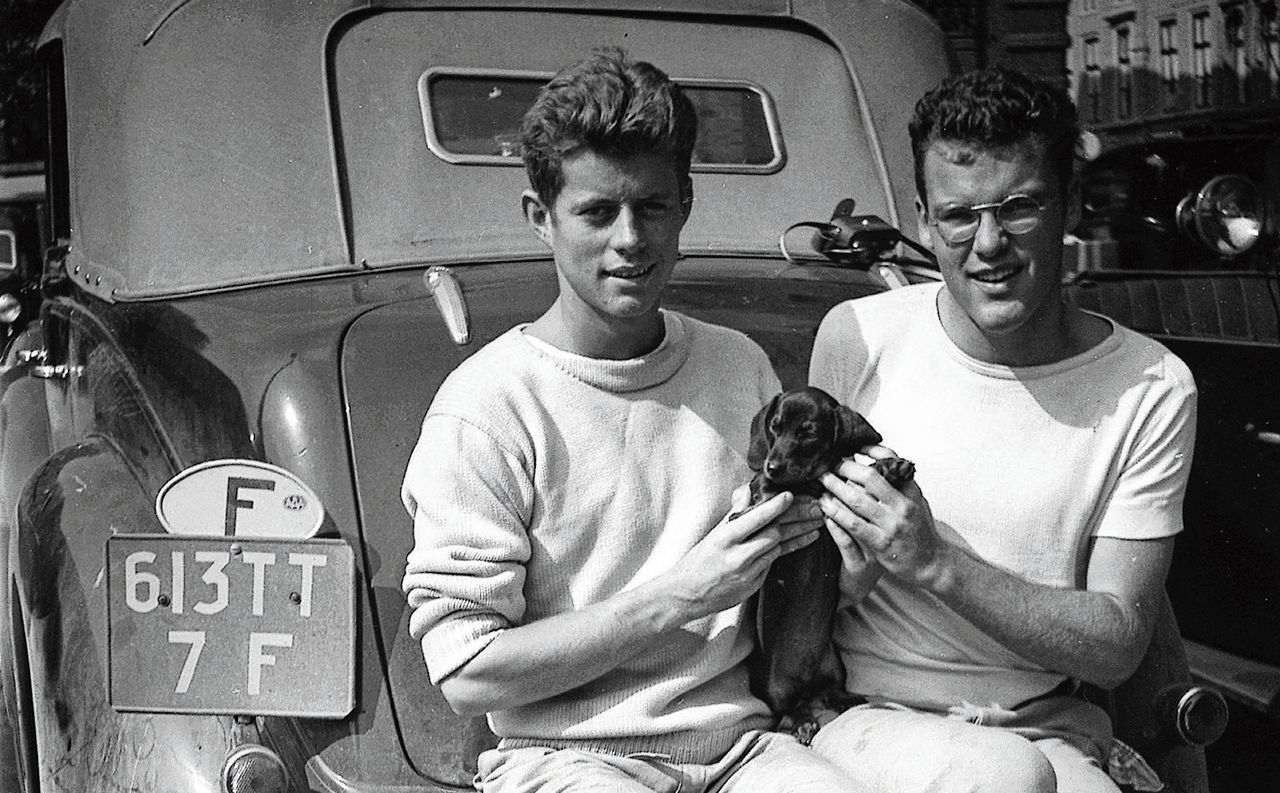
On his way to adulthood, John F. Kennedy becomes more and more interested in world politics. In the winter of 1936, his father advises Jack to travel to tumultuous Europe. At the end of his first year at Harvard, Jack follows the advice. An interesting journey: it would be a whirlwind Grand Tour, a crash course in Europe. This is the story of JFK in Europe.
On June 30, 1937, the twenty-year-old stands on the dock in New York, with his own Ford and his faithful friend Lem Billings. The journey even makes it to a local newspaper in Pittsburgh, Billings’ hometown: “They are going to Spain for three weeks, the war-torn country, to study wartime conditions there.” In the end, they won’t set foot in Spain, and the trip lasts almost fifteen weeks. The SS Washington arrives in Le Havre, France, on July 7. The Ford is roughly hoisted off the ship and turns out to have four dented and scratched fenders. The vehicle is a spectacle in 1937 due to its foldable roof: convertibles are not yet common in Europe.
Kennedy and Billings each keep their own diary, and it’s a delight to flip through them. You could meticulously recreate the journey: Kennedy’s diary is available online through the Kennedy Library, for Billings’, you’ll have to go to their archive in Boston. Then, armed with the photos from 1937, replicate them in our united Europe of the 21st century: I believe you’ll have the time of your life.
France
It becomes an unforgettable journey. In their first week, they savor the French landscape and stay overnight in Rouen and Reims. The cathedrals make a profound impression. At the American war monument in Chateau-Thierry, they reflect on the many casualties. They arrive after closing hours and climb over a fence, only to discover that a large watchdog disagrees. The gentlemen are interested in social structures, political systems, and local beauties. Billings knows a lot about architecture and art; Kennedy wants to hear what the French think of Roosevelt and the looming war. They spend several days in Paris, visiting the major attractions and being impressed by military aircraft at the World Exhibition. Kennedy goes to the movies with a girl he met on the ship, the friends dance and sing on the national holiday on July 14, and drink liters of champagne at Harry’s Bar, still located on Rue Daunou.
The journey continues. Versailles, Chartres, Orleans, Chateau de Chambord, Amboise, Chenonceaux, Angouleme. Driving, gaining impressions, meeting people, partying. And then, in Kennedy’s fast-paced style, they drive south, about ten kilometers from the Spanish border. In St.-Jean de Luz, they have luxurious accommodation: the villa of a fellow student’s family. They play tennis and jeu de boules, watch movies in the evening. Kennedy also reads serious books about the situation in Europe: about the rise of fascists and National Socialists and the war Franco is waging in Spain. “People can be cruel here,” he writes in his diary, also referring to the bullfighters he saw in nearby Biarritz. “Disgusting.” Next stops: Lourdes, Toulouse, and the walled city of Carcassonne. In his diary, Billings attaches a chilling photo of the future president, who has climbed over the railing and hangs by his fingers over a seventeen-meter deep drained ditch. The Kennedys are still known for being daredevils. Finally, on July 30, they reach Cannes, on the French Riviera.
Italy
Entering Italy is a bureaucratic ordeal. When they can finally continue their journey, they admire the many images of Mussolini in Milan. After Piacenza, they pick up two young Germans in the back seat. The four of them visit Pisa and take the photos every tourist takes – as if holding up the leaning tower. In Rome, they say goodbye to the hitchhikers and play the tourist, having a private audience with Cardinal Pacelli, the future Pope Pius XII – an acquaintance of Jack’s parents. Then, driving on to Naples, they pick up two more German hitchhikers, this time soldiers. The four men drive up Vesuvius that day and, after a long search, find a place to sleep. The Germans sleep in the car, Billings gets the last room in the hotel, and Kennedy sleeps with a chambermaid. Boss above boss. Here, they also meet the Italian correspondent of The New York Times and talk to him about tensions in Europe. In the evening, both Americans are successful with the opposite sex after a fun night in a nightclub.
They have little fun in Florence and enjoy Venice – and then it’s time to leave Italy. Billings increasingly takes the wheel. Kennedy has had countless ailments throughout his life but never problems with his back. The discomfort begins on this trip and becomes severe; he will suffer from it for the rest of his life.
Austria and Germany
With a female hitchhiker, they travel over the Brenner Pass to Innsbruck, Austria. They spend a night in a poor youth hostel and then drive through Garmisch-Partenkirchen (1936 Winter Olympics) to Munich. It’s unavoidable in this South German city: swastikas and portraits of Hitler are everywhere. On the way to Nuremberg, where the Führer will give a speech that week, they come across “the nicest German we’ve ever met,” a dachshund. It’s only a puppy, and Kennedy is instantly smitten. They pay eight dollars and name the little one Dunker. Both Americans proudly pose for a photo with him. They even want to buy another playmate, but no other dachshund can compare to Dunker. The upholstery of the Ford quickly fills with brown stains, and the urine smell is unbearable, but Kennedy and Billings don’t care. Jack has other things to worry about anyway. His back pain becomes more severe, and he is suddenly very congested.
The Netherlands
On Sunday, August 22, 1937, they wake up in Cologne. They attend a mass in the Gothic cathedral and then travel to Doorn, where the former German Emperor Wilhelm II lives. The estate is surrounded by barbed wire. Via Utrecht, they go to Amsterdam. In his diary, Kennedy praises our highways as the best in the world and jokes that all Dutch people look like Bernhard and Juliana – the two got married half a year earlier. He calls our road tax a better alternative than the gasoline surcharge they have in the US. The duo sleeps in Amsterdam, the overnight stay costs two guilders.
Kennedy writes about the next day, “Went to the museum and saw Rembrandt’s famous Night Watch, which has such an interesting history.” In our capital, he also visits a doctor. JFK turns out to be allergic to dog dander. Dunker is the cause of his sniffles, and they have to get rid of him. They travel on to The Hague, where they sell the dachshund for five guilders to a man they meet at the American Express in the center. It hurts their hearts. One last time, they pose with the little dog, sitting on the fender of the Ford, in front of Sociëteit De Witte on the Plein. For both, the dog will always be a symbol of their pre-war European adventure.
They stay at the Elim hotel-restaurant, run by the Salvation Army, at Wagenstraat 119. The night costs only 40 cents. The next day, a British student gives them a tour, but Jack and Lem find The Hague boring. In a photo, we see the monument for Queen Emma, at Jozef Israëlsplein: it’s unclear what they were doing here. They are also in Scheveningen that day, where they have themselves photographed with a woman in traditional dress on Vissershavenweg. A woman and two children pass in the photo. In 2017 Dutch Researcher Michiel Hegener, who found the exact location of the photo, tried in to discover the identity of the Dutch people – unfortunately, without success.
England
And the trip is now almost coming to an end. They rush through Ghent to Calais, where they take the ferry to England. In London, they move into a cheap pension on Talbot Square, in the Paddington district. For Kennedy, the ordeal is not quite over: he suddenly has hives. Four different doctors are called in until the itchy rash disappears. And then there’s one last trip to properly conclude the journey. Billings and Kennedy head to Scotland. They visit the owner of Haig & Haig, the whiskey brand of which Joe Kennedy has the exclusive export rights. They enjoy delicious meals and go hunting with the eccentric businessman.
On the ship back home, they meet a Dutch wrestling champion weighing 140 kilos. Kennedy boasts about his friend’s wrestling past, and Billings has no choice but to train with the Dutchman every day – Kennedy acts as the referee. Lem is not one to complain, but he will secretly be glad when the American coast appears on September 16. “It was a delightful trip,” he writes. “I’m very sorry it’s over.”
Links:
Nice story of JFK in Europa
JFK: the man before he became the President

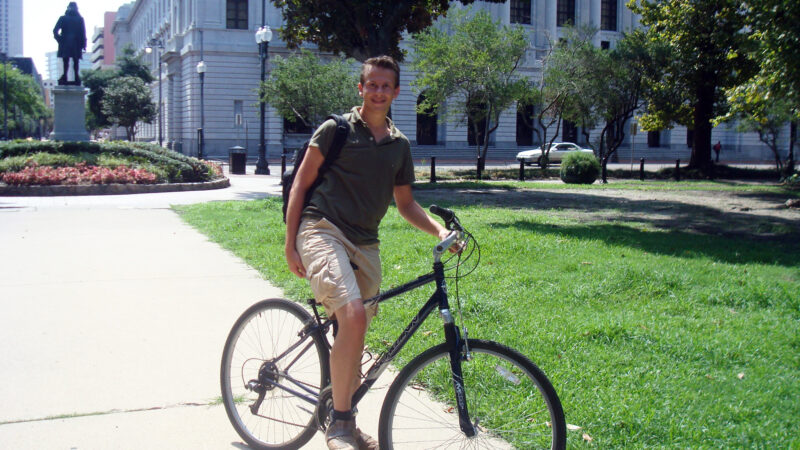
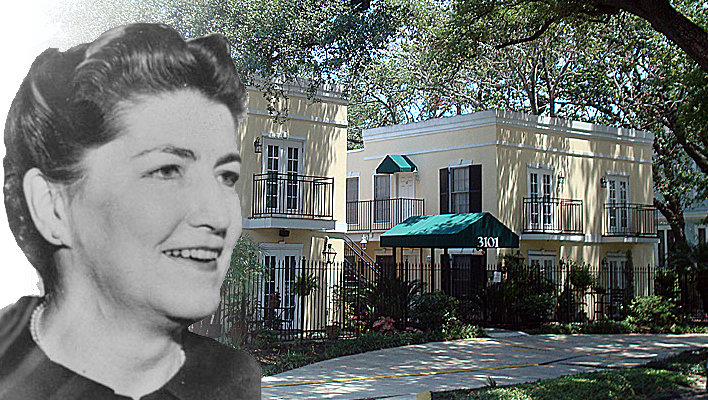
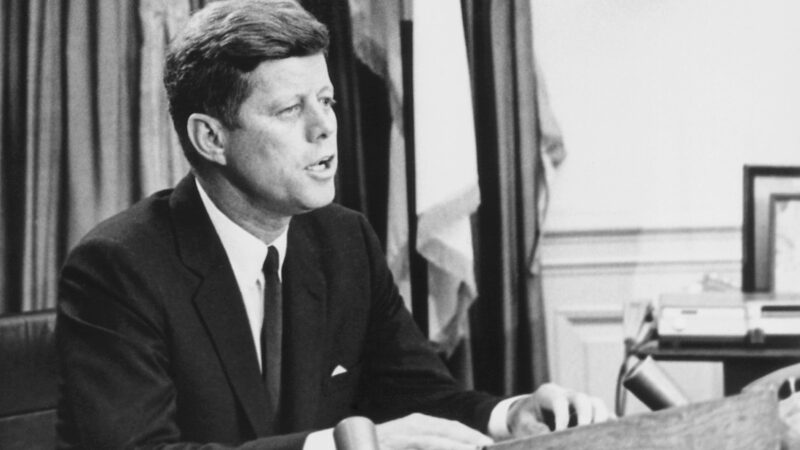
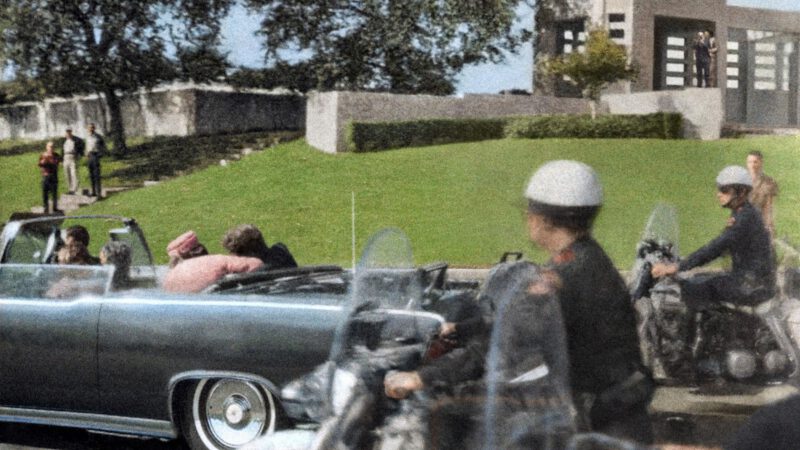
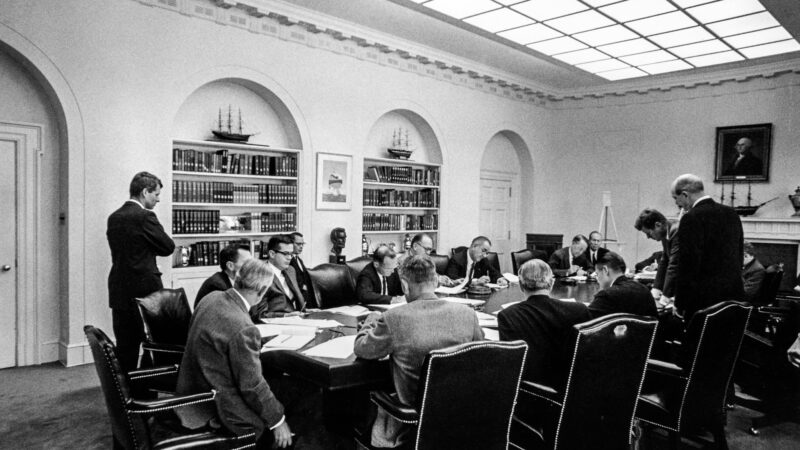
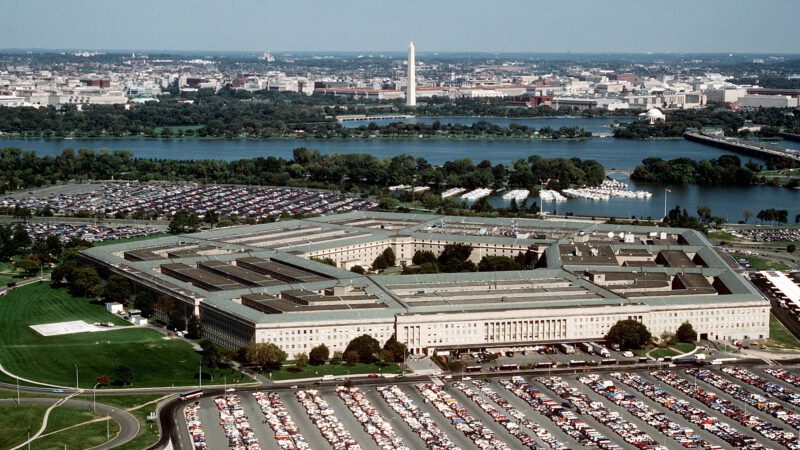
One thought on “JFK in Europe, summer of 1937”